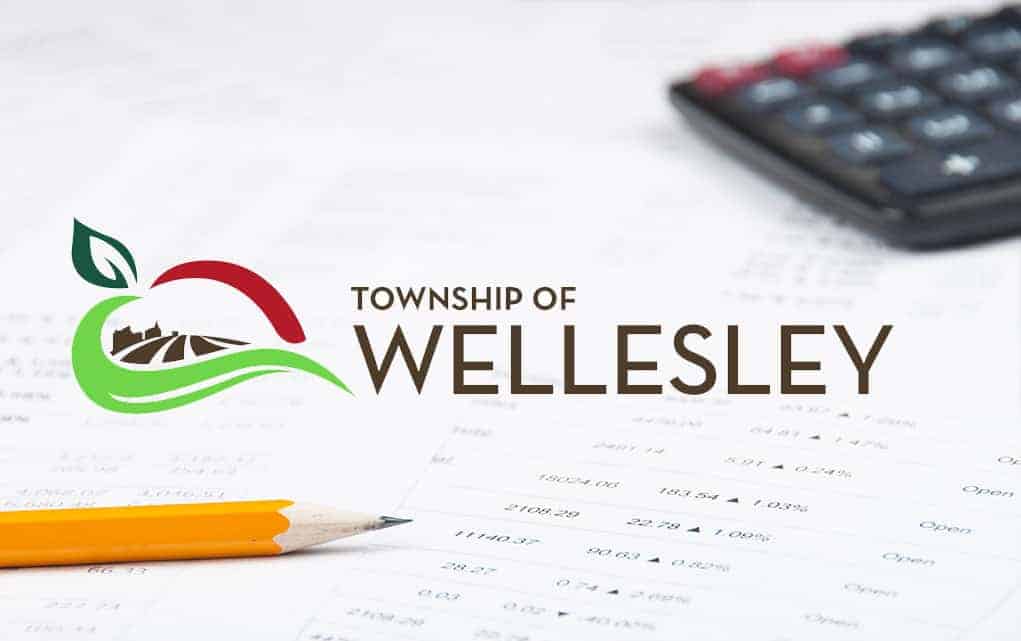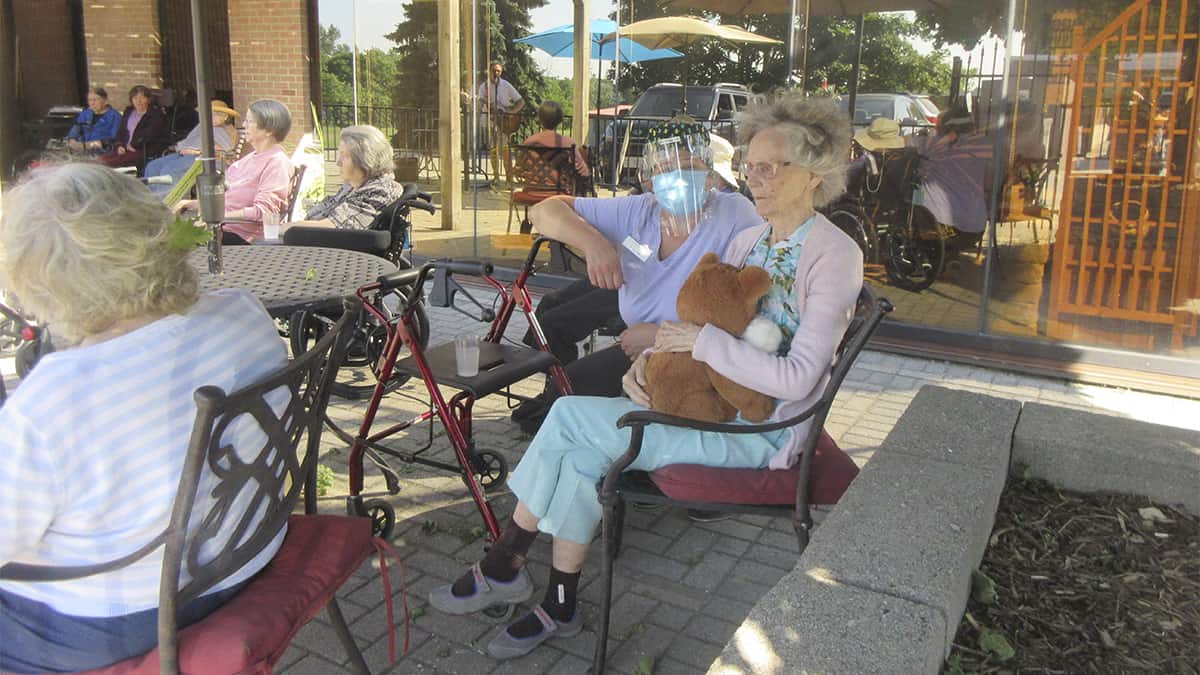A switch to a new provincial system for tracking instances of COVID-19 is at least partly responsible for a small uptick in cases over the past week.
How cases are reported has been altered as Waterloo Region Public Health adopted the new province-wide system. Where numbers once reflected cases in the catchment area, for instance, the new method assigns numbers based on a person’s home address. In the region, that meant four extra cases on the rolls.
“Previously, we had reported all cases where we were the health unit responsible for case management. Moving forward, we will be reporting cases where we are the diagnosing health unit based on their primary address or the address on their health card, even though the case management may be completed by another health unit,” explained medical officer of health Dr. Hsiu-Li Wang during a video briefing Tuesday.
“We have seen a slight increase in the average number of new cases reported per week, compared to when we experienced the lowest number of new cases per week, a couple of weeks ago. This is what we thought we might see with our community entering stage 3 and increased numbers of people out and about,” she added, attributing some of the increase to COVID-19 fatigue.
Overall, there were 40 active cases at midweek, part of a total of 1,433 since the virus was first detected in the region back in March. Of the cases to date, 1,274 have been resolved, a clearance rate of 89 per cent.
There have been 119 fatalities, a number unchanged from last week’s update.
As part of the system overhaul, the ages of those afflicted with the virus are being broken down into more categories. What was once “under 20” is now “10-19 years of age” and “under 9.” On the other end, “80-plus” is now “80-89” and “90-plus.” New figures show those in their 20s represent the largest number of cases at 223, followed closely by those in their 50s at 220.
In recent weeks, new cases have been found in the younger demographics, those people who are more likely to venture out as more parts of the economy open up.
While there is more going on, the region reports fewer calls for enforcement, where the focus has been on public health activity.
“We have noticed a trend of things starting to plateau and even go down in [terms] of these calls,” said Public Health spokesperson Julie Kalbfleisch
From August 10 to 16, there were 32 complaints, three of which required site visits and the other required education and follow-up with the individuals. Regarding facial coverings, there were 36 inquires, all of which saw education and follow-up provided. No tickets were issued in any of the instances reported.
High on Public Health’s agenda is preparing for back-to-school time, with 20 new nurses expected to help with the situation. With some 200 schools in the region, that’s one nurse for every 10 schools. With only four weeks until the date of return (September 8), interviewing processes have begun to fill in these positions.
In Waterloo Region District School Board locations, all students will now be required to wear facial coverings despite provincial guidance require mandatory masks for Grade 4 students and up, a move endorsed by Wang, who encourages the Catholic board to follow suit.
Wang noted guidance on when to keep children home when displaying symptoms of the virus is currently being prepared by the Ministry of Health, hopefully bringing more clarity to parents.
“We used to in our culture… ‘be strong,’ so to speak, and go to work or school if we were not feeling well. We need to really change our mindset as we live with COVID, that it’s better for us, it’s better for all of our community if we actually do not try and tough it through. If we, on the other hand, have a low bar for deciding, ‘no, you know what, we’re not going to go to work, we’re not going to go to school, because we could have something and could spread it to others.’
“So if we have any potential concern about that, we should stay at home. We should seek testing and stay at home,” she stressed.
Following COVID-19 prevention methods remain as important as ever, even though many of us are experiencing COVID fatigue, Wang added.
“I understand the issue of fatigue. I don’t have any magical solutions, but I know that when it becomes part of our daily routine to put in place those practices, it becomes easier for us to just do them without thinking,” she said. “I’m encouraging everyone to… think about those measures of physical distancing, masking, and staying at home if you have any signs, getting tested if you think you could be getting ill.”
In neighbouring Wellington-Dufferin-Guelph, the numbers continue to remain lower, as they have throughout the crisis. Public Health there made masks mandatory in mid-June.
The area reports 16 active cases, and 543 cases to date. Of those, 490 have been resolved showing a recovery rate of 90.2 per cent. There have been 37 deaths in the catchment area.
The Ministry of Health reported 40,870 cases of the novel coronavirus in Ontario on Wednesday. There have been 2,793 deaths attributed to the virus, representing a mortality rate of 6.9 per cent. The ministry reports 37,126 cases (90.8 per cent) have been resolved.
The latest numbers from Health Canada show 123,154 confirmed cases of COVID-19 nationwide, with 9,045 related deaths, a mortality rate of 7.3 per cent.









